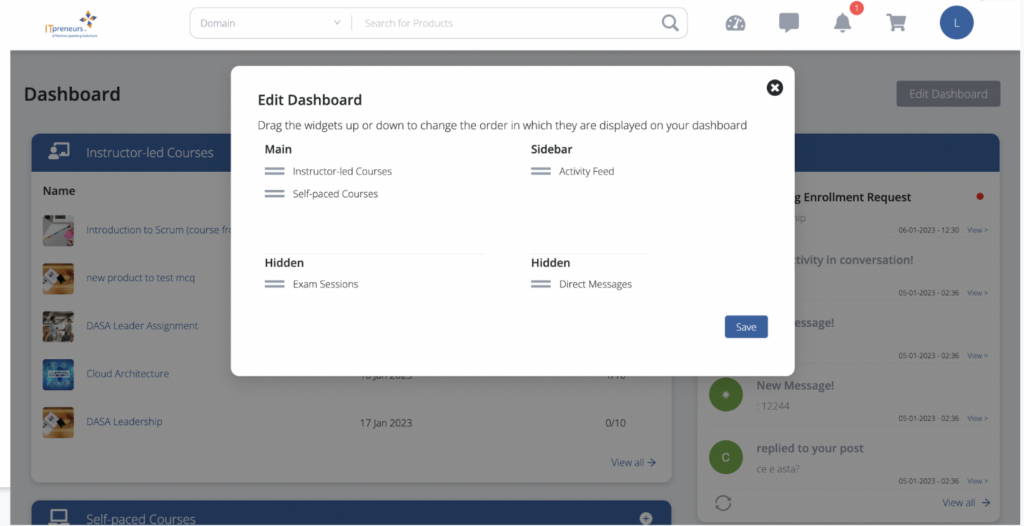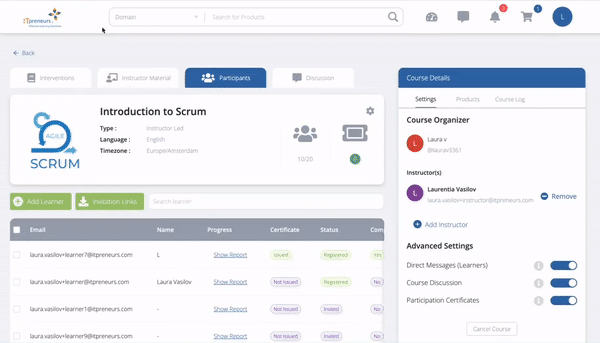The principle “Progress Iteratively With Feedback” focuses on avoiding everything in a go and gathering timely feedback. To achieve this, breaking down the work into smaller, manageable components is essential to iteratively accomplish the initiative.
To accomplish the initiatives, do not even try to do everything in a go rather work in iterations. Always break down the work into smaller, manageable, logical units. In other words, divide the improvement initiative into the smallest possible significant initiatives that require minimal improvement efforts. Organizing the work in such a way helps in timely delivery, having a sharper focus on each effort and easy maintenance. However, keep on re-evaluating the overall initiative with the progress to ensure the focus on value and reflecting the changes in circumstances, if any.
Iterations also help in gathering early feedback. Getting the feedback before, throughout, and after each iteration ensures everything is progressing as per the expectations, and the focus is on value.
Aspects to Consider
Organizations when planning to work on an improvement initiative should consider the following aspects for its success:
- Knowing the role of feedback: When working on an improvement initiative, no improvement iteration can progress in isolation due to changing requirements, such as changes in circumstances and new priorities. These requirements can lead to several modifications and can even eliminate the need for having that iteration. To avoid such situations, always seek feedback before, throughout, and after each iteration and incorporate it to ensure focus on value. Organizations use feedback loops to cope with the changing requirements that help them identify improvement opportunities, risks, and issues.
In a well-functioning organization, feedback is actively collected and processed along the value chain. A good feedback mechanism facilitates understanding of:
- “End-user and customer perception of the value created
- Efficiency and effectiveness of value chain activities
- Effectiveness of service governance and management controls
- Interfaces between the organization and its partners and suppliers
- Demand for products and services”
Quoted Text Source is ITIL® Foundation (ITIL® 4 edition), 2019. Copyright © AXELOS Limited 2019. Material is reproduced under license from AXELOS Limited. All rights reserved.
About the author

As an IT Service Management trainer, consultant and line manager with over 25 years of experience in IT, Marcel has performed strategic and tactical assignments in a wide variety of areas. For the ITIL 4 update, Marcel has been part of the ITIL 4 Lead Architect Team and Review Team at AXELOS. Through his association with AXELOS, Marcel comprehends the background, the architecture, and the underlying reasons of the ITIL 4 update.
Related Courseware
Sorry, we couldn't find any posts. Please try a different search.




